They say a bad workman blames his tools, but this adage isn’t entirely true when it comes to golf. Any professional golfer will tell you the equipment you play with can make or break your round, especially if you’re a more seasoned player.
With that being said, everybody has to start somewhere, and golf novices should also make sure they’re choosing their clubs wisely lest they end up with totally unsuitable equipment that may ruin their initial experiences of the game. Whether you’re a long-suffering player or a newbie just looking to get involved, choosing the right golf club for you is vital to helping you to improve your game.
There are a whole host of factors at play when choosing new golf clubs, and the best set for you might not necessarily make use of the latest technology that all the pros are using.
The plethora of brands and styles available can also make it a confusing experience, even for regular players, but don’t fear wasting your money on a subpar choice; we’ve shared our best tips for choosing new golf clubs below, so you can focus on your game and not fret about your equipment.
Contents
Types of Golf Clubs
Before you get into the finer details of what makes each type of golf club great, it’s important to settle on a selection of clubs to put in your bag.
Drivers
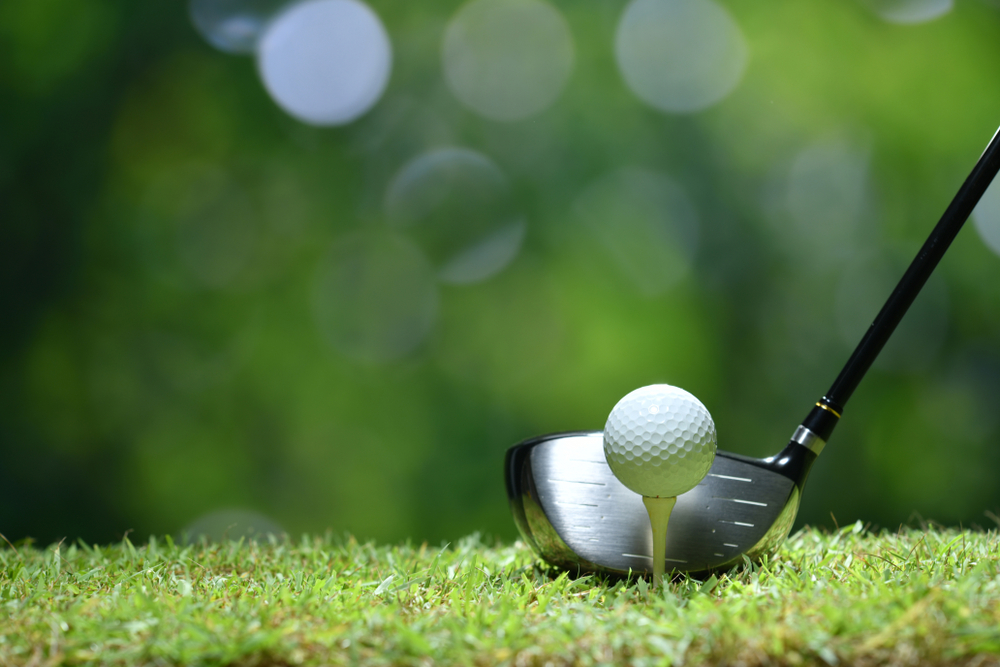
The big boy of the bag and the most fun to hit, drivers can launch long, arching shots that make you think you can turn pro, whilst also being capable of sending your ball so far offline you may as well be playing another course. You can recognize a driver as it has the biggest head of all the clubs; sizes are measured in cubic centimeters, with the largest being 460cc. The clubhead tends to be made of titanium and/or carbon composite because of the relatively low weight of these metals.
If you’re buying second-hand, you should be aware of the rules regarding the Coefficient of Restitution that were passed in 2008, or, in laymen’s terms, rules around the rebound strength. These rules mean that if you hit a ball at 100mph, the ball can only come off at 83mph. Your pro will be able to help you figure out if your club conforms to the rules or not.
However, don’t worry too much if you’re just a beginner looking to try out the game: these types of clubs are only illegal in competitions, and unless you’re playing for money nobody will care if you’re using a club that contravenes the rules in a casual round.
The loft of a driver varies between 7 and 11 degrees for men, going up to 13 for juniors and ladies. Those with a faster swing speed will want a lower loft as the power they generate will create greater lift on the ball. Generally, most players will be fine with a driver that’s between 9 and 11 degrees.
Drivers mostly conform to the same shape, but some manufacturers offer square clubheads, which can be a useful visual aid for beginners.
Many drivers now also have the option of being set as “Neutral,” “Offset,” or “Draw;” that is, they are weighted so that the clubface hits the ball at a certain angle, leading it to going right for “Offset” and left for “Draw.” This is useful if your shots with the driver are errant in a consistent manner.
Woods
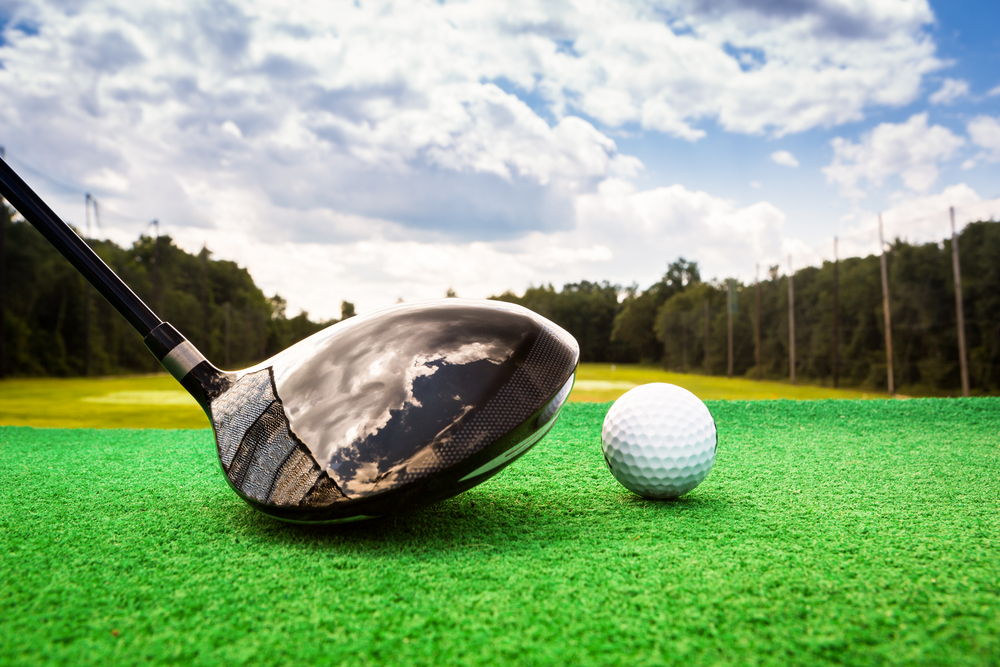
Woods – named so as they were originally made out of wood – are clubs with larger heads that are more suited to hitting a longer distance. They tend to come in odd numbers, with 3- and 5-woods being the most common, although 2- and 4-woods exist. The higher the number of the wood, the shorter the shaft and the more the loft, so the ball will go less distance and be easier to control. They’re usually used for long second shots, or on narrower holes where mishitting a driver can get you into trouble.
Woods are usually fitted with graphite shafts, although older models may use steel shafts as they’re more durable. Like drivers, the heads can come in “Neutral,” “Offset,” and “Draw,” and like drivers they can be made of multiple materials.
Generally, steel is the most popular choice for wood clubheads, although some prefer titanium heads as they get the ball up into the air quicker. Some clubheads are made of composite materials; these offer the best of both worlds and tend to produce more accurate shots.
Irons
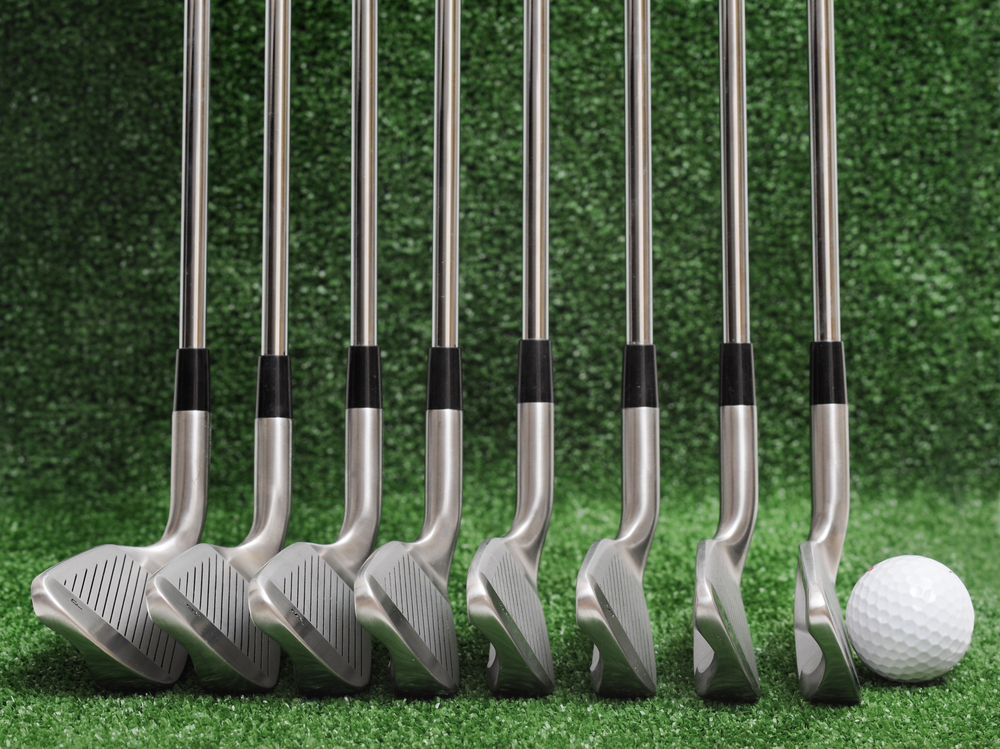
Irons go from 1 to 9, with the length of the shaft decreasing as the number goes up, and the loft of the club doing the opposite. Most full sets of clubs will only start with a 3-iron, and 1 and 2-irons are usually the reserve of seriously good players; professional golfer Lee Trevino once joked that if he was stuck on a course during a lightning storm, he’d hold up a 1-iron as “even God can’t hit that club”. Beginner sets often tend to skip the 3-iron, as getting accuracy with it takes some practice. Higher numbered clubs are much easier to hit consistently.
3-irons range from 20-23 degrees, and the club loft goes up in increments of four degrees as the number of the iron goes up (i.e. 4-irons are 24-27, etc.) all the way up to a 9 iron, which is usually 45-48 degrees. This variation in clubhead loft is important to take note of and matters much more than the actual number on the club. The general rule is that there’s a ten- to fifteen-yard difference in distance you can hit the clubs.
Irons come in a variety of shapes and sizes. Cavity back irons have thicker clubheads, giving more forgiveness to the player if they strike it off center. “Blade” irons are thin and offer more control, as well as longer distances if the ball is struck well, so tend to be used by better players.
You can also get casted or forged irons, with the former being for better golfers and the latter being a bit softer and more forgiving when it comes to errant shots. Steel shafts are the standard with irons, although if you feel it would benefit your game then graphite shafts are readily available.
Hybrids
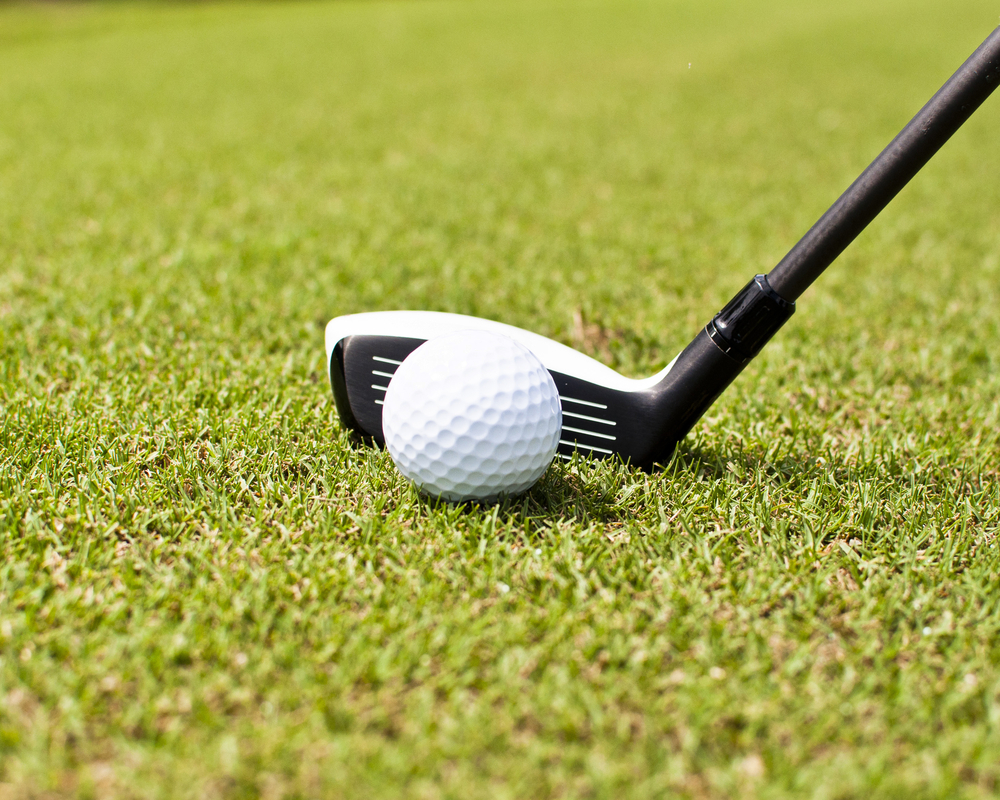
A relatively new invention in the golfing world, these mixtures of woods and irons are often used as a replacement for harder to hit long irons. They have larger clubheads than irons so they offer more forgiveness and are easier to hit out of longer grass as they don’t create as much drag as thinner clubs.
Although originally aimed at less skillful players, they have many uses for golfers of all abilities, so even if you’re a lower handicapper you shouldn’t balk at adding them to your bag.
Wedges
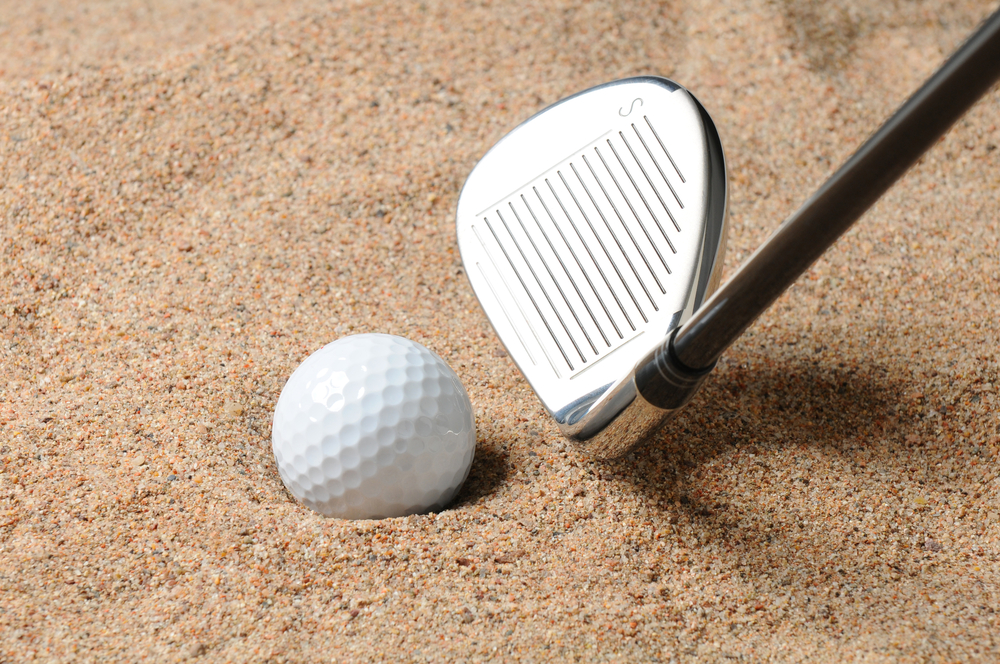
There are four main wedges, although most players will only carry two or three in their bag. Pitching wedges are the longest and have the lowest clubhead loft at around 50 degrees; gap wedges are slightly more lofted and between 51 and 53 degrees.
Sand wedges are generally used for playing out of bunkers, but can be used all over the course, and are usually between 54 and 58 degrees. Lob wedges are the highest lofted club in the bag and can go up to 64 degrees.
Different wedges have different “bounces”; this simply means the angle of the curved section of the bottom of the wedge. In visual terms, it’s the gap between the leading edge of the wedge and the ground when the club is placed in the address position. Bounces usually vary between 8 and 14 degrees.
High bounce wedges are best for playing out of sand and the rough; most sand wedges are high bounce for this very reason. Low bounce wedges are the opposite and are usually for players with a shallower swing angle as there is less chance of the club skimming off the turf and the player hitting a bad shot. Standard bounce wedges are the middle ground, and what most wedges conform to.
Putters
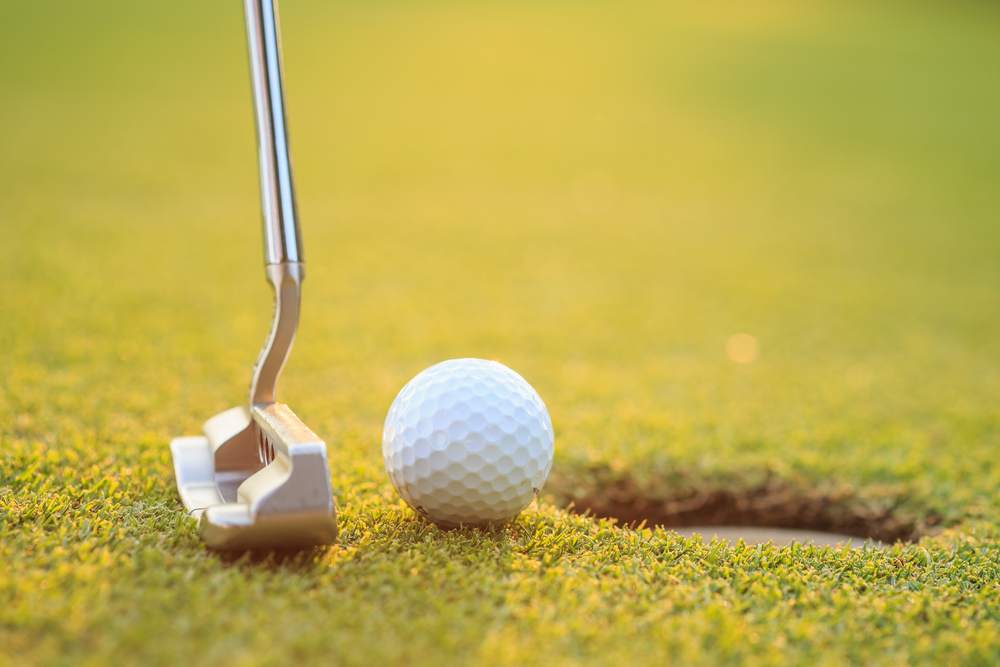
Often overlooked because putting is seen as the least exciting part of the game, a good putter can help you shave more strokes off your game than any other club: after all, statistically between 1/3 and ½ of your shots will be putts, so it makes sense to focus on this part of the game. As the old adage goes: “you drive for show, but you putt for dough.”
Length and grip are important: you should go for a putter that feels comfortable when you stand over it. There are three main types of putter head: blade, half-mallet, and mallet. Blade putters are less forgiving if you don’t strike the ball well but offer more control over a well-struck putt. Mallet putters allow cleaner strikes but are less maneuverable. Half-mallets are the best of both worlds.
Standard putter length varies, but you can also get longer “broom handle” or belly putters that allow you to anchor your grip in your chest between the breast bones, which can be helpful to people who struggle to put with their shoulders instead of their hands. However, these are controversial and in some cases downright illegal, so watch out for that, especially if buying second-hand.
Experience Level
After figuring out which clubs go into a perfect golf bag, your next step will be to consider how your familiarity and skill with the game of golf impacts your ideal club.
Beginners
One of the perceived barriers to entry for golf is the cost of equipment, but this doesn’t have to be the case. It doesn’t make sense to jump straight into buying a full set of clubs made by the most expensive manufacturer when you’re still unsure if you’ll even get bitten by the golf bug, and as a beginner you can get away with having fewer clubs because your skillset is more limited and playing to your level requires fewer specialist tools.
If you are a complete novice looking to play their first few holes, then the best option is to either buy second-hand clubs or rent them from the professional at your local pro shop. Club and driving range pros are trained to give you the most suitable clubs for your experience level and body type, and will often relish the chance to help a new player enjoy the game they’ve dedicated their lives to. The only real choice you need to make at the beginning is whether you’re getting a left- or right-handed set.
If you’ve played a few rounds and decided that golf is for you, then you can look at new beginner sets. These usually include a driver, a 3-wood, odd-numbered irons (3,5,7,9), a pitching and sand Wedge, and a putter. If you went the second-hand route, it can be less expensive to get new shafts and grips fitted that match your build and swing speed, so ask your local pro if that’s an option.
We recommend buying clubs slowly as you become more comfortable with the game and test your abilities; that way, you won’t end up lugging around a set which you only use half of. However, the main thing to do as someone who has caught the golf bug is to get a couple of lessons: that will improve your game more than any equipment can.
Intermediate & Experienced Players
If you’ve had some lessons and started getting the rounds in regularly, then it’s probably time to think about building a set of clubs that’s tailored to your game. However, even among seasoned players there’s a big difference in what you need to get the best out of your round.
Readymade sets are useful for golfers of all levels, but most people will need to have some sort of minor alteration made to new clubs to get the best out of them; usually, these alterations are on the shaft length and flex. Compared to the general cost of a new set, getting the correct shafts put in is only a minor addition in terms of price, and some shops even throw the alterations in for free, especially if it’s a more expensive set.
Serious golfers looking to shave a couple of strokes off their game should go for a full custom fitting, which not only means getting fitted shafts, but also adjusting the clubhead loft and grips to fit your swing. This can be an expensive endeavor, but the investment is worth it for improved scores and enjoyment of the game.
Factors to Consider When Buying Golf Clubs
Now that you know what types of golf clubs you need for your experience level, it’s time to consider the finer details that will make your clubs fit you like a glove.
Club length
The length of a golf club has a tremendous effect on everything you do with it, as it affects the plane of the swing and your stance. Taller or shorter players should make sure their clubs are cut or lengthened to the appropriate size, and even if you’re average height, it can be useful to get a measured set. If you feel like uncomfortable as you address the ball, it’s likely the shaft is the wrong size.
In general, people between 5’7 and 6’1 should use a standard-length club. For every inch or so above or below this height range, you should increase or reduce the length of your clubs by about a quarter of an inch.
Shaft Material
Having a shaft that’s well suited to your swing is vital if you want to play your best. Shafts are made of either steel or graphite. As a general rule drivers and woods have graphite shafts and irons have steel ones.
This isn’t always true, though, especially if you’re a beginner; graphite shafts offer more forgiveness so are sometimes used in beginner iron sets. Graphite is also the standard for junior, senior and women’s clubs. Shafts come in a variety of flexes: if you’re big and strong, you’ll need a stiffer shaft otherwise your ball will tend to hook to the left. Likewise, if you’re using a shaft that’s too stiff, you’ll be slicing the ball out to the right.
Loft
As a beginner this won’t factor into your decision too much, although we’d recommend going for loftier clubs as that reduces side spin and makes it easier to hit the ball straight.
If you play regularly and are looking to upgrade or change your set, pay careful attention to the lofts of the clubs, especially the irons, as different sets have different lofts for the same number club. Otherwise, you might end up “losing” ten yards of length and wondering why. The loftier a club, the more horizontally angled it will appear.
Clubhead
Clubs are all sized differently, but in general a larger head means more forgiveness and a smaller head offers more control. Most manufacturers will offer standard, midsize, and oversized clubheads, with the latter used more predominately by beginners.
Grip
The grip is often overlooked when it comes to choosing the right set of clubs, but as the only connection point between your body and the golf club, it’s actually incredibly important. Those with smaller hands should be using thinner grips, and if your grips are too thin or too thick it can cause an over-reliance on your hands in the swing, which means inconsistent shots.
The grip material is also important: some people prefer the softer velvet/rubber grips as it gives them more feel, whereas others are keener on cord composite grips as they are more secure in the hand. Just go with what makes you feel most comfortable, as that’s the main focus when choosing a grip.
Budget
Top of the range, brand new equipment is incredibly expensive, and although the clubs may last you for years, the initial outlay can be a hefty one. Clubs, like cars, also lose their value quickly, so unless you’re sure a set is the one for you, don’t pump too much cash into a purchase. Once you’ve set a budget for clubs try to stick to it; any club professional worth their salt will be able to find you something appropriate, even if they’re second hand.
Teeing Off
Whether you’re a beginner looking for a couple of forgiving starter clubs or an experienced golfer looking to take their game to the next level, we hope our guide helps you find the perfect set of clubs that will improve your golf for years to come.
